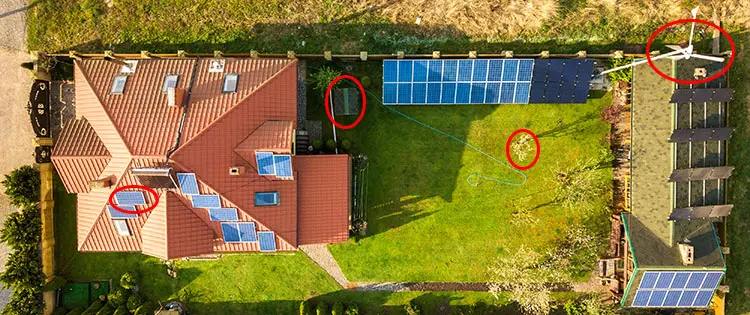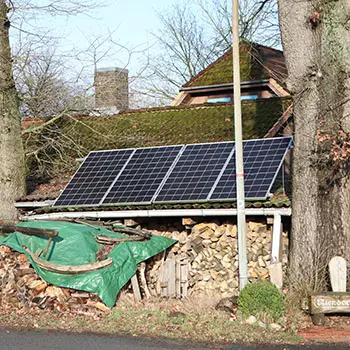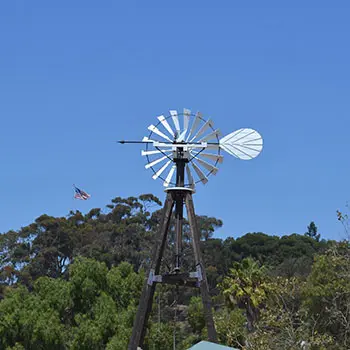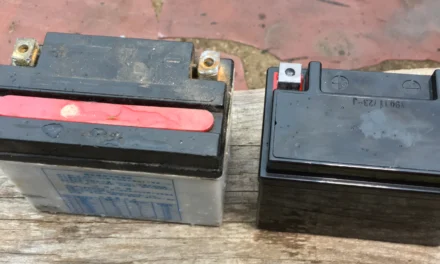There are plenty of items related to homesteading that we’d want to keep hidden from outsiders—like food, water, essential gear, tools, gold, silver, or even a survival garden.
Why hide these things? Well, aside from protecting what’s ours, it’s also about avoiding unplanned visits from folks looking to “borrow” our equipment for their needs.
Among all the things we’d want to keep out of sight, backup power systems are especially important to secure.
So, let’s go over some types of backup power setups and practical ways to keep them hidden from the watchful eyes of neighbors and anyone else passing by.
One Critical Step To Take After A Crisis
In an crisis situation with a working backup power system, you’ll need to be extremely cautious about both noise and light. After all, a post-crisis world is bound to be quiet and dark, so if your place is lit up or making unusual sounds, it’s going to signal to neighbors that you have power—and they’ll likely come knocking.
Keep your curtains tightly closed and avoid making any loud noise. Blending up some end-of-the-world margaritas or cranking up the TV for movie night might not be the best move.
Take a walk around your home to make sure no light is slipping through, and be mindful of how far any sounds might carry beyond your walls.
Generators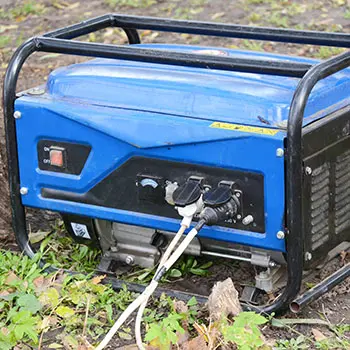
One of the biggest drawbacks of generators is that they’re easy to move—and, unfortunately, easy to steal. Many come on wheels, which makes them convenient but also means they’re vulnerable, especially since they need to be run outside where they’re exposed to potential theft.
It’s easy enough to store a backup generator in your garden shed or garage to keep it out of sight, but that doesn’t solve the problem when it’s time to use it.
Generators are loud. Even quieter, inverter-style generators make enough noise to let everyone nearby know you’ve got power.
Related: Modular Backyard Power Plant Review
The best way to keep your generator discreet is to build an enclosure to reduce the noise, with ventilation to allow exhaust to exit. While there’s not much you can do about the exhaust fumes, you can at least muffle the sound significantly.
These enclosures are easy to build with basic materials, and you don’t need specialized skills to get it done. Plenty of plans and videos online can guide you through building a sound-dampening enclosure.
That said, even with an enclosure, it will be hard to hide that you’re running a generator entirely. Be smart about when and how often you use it to reduce attention. While no setup will make it totally silent, reducing the noise enough can help keep curious neighbors from zeroing in on where it’s coming from. Alternatively, you can build your own silent “power plant” for cheap.
Solar Power Systems
Concealing a solar power setup isn’t easy since solar panels need to be outside to capture sunlight.
One option is to bring the panels out only when needed, but this won’t work if the south side of your home—the ideal spot for sunlight—is in view of neighbors. Another approach is to position the panels indoors where they can still catch sunlight through windows. While this setup reduces efficiency, it keeps the panels hidden.
You’ll also have the hassle of moving the panels throughout the day as the sun moves, so it’s not an ideal solution.
The battery bank, however, can be kept indoors without issue. Since solar setups are quiet, there’s no noise to tip off anyone nearby. Just keep in mind that any lights or sounds from using electronic devices can still give away that you have a backup power source.
Hydroelectric Power
If you’re lucky enough to have a stream or river close enough to harness hydroelectric power, you’ll still want to find ways to keep it discreet. It’s tough to stop people from following waterways, so any generator on the open bank is bound to draw attention.
One of the best ways to keep a hydroelectric setup under the radar is to divert some of the water flow from the source to your generator and then route the water back downstream. This can be done by using large PVC pipes, which you can bury underground along with the hydro-generator itself.
The power cables will need to be buried as well, ideally in conduit to meet local codes and keep everything safe and secure.
Wind Power
Wind turbines present a real challenge when it comes to keeping a low profile. Since they need to be set up high to catch enough wind, hiding a wind turbine effectively isn’t easy. One approach is to only set it up when absolutely necessary.
If you do need to put it up, you might be able to use your house or surrounding trees to shield it from view, though this will only help to a certain extent. Wind turbines, while a great source of power, are also on the expensive side, making them a critical component to protect in any long-term homesteading plan.
Though some backup power systems are tough to keep out of sight, it’s still worth taking the time to find ways to keep them as discreet as possible.
You may also like:
Amish Powerless Tools For A World Without Power 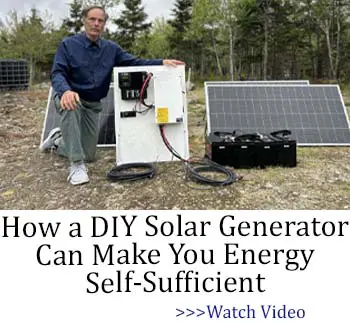
Do You Know What Kind Of Meat You Should Never Eat In A Crisis? (Video)
I Tried Drinking Water From My Stockpile and This Is What Happened
5 Ingenious Methods To Get FREE WATER In All 50 States During A Crisis

